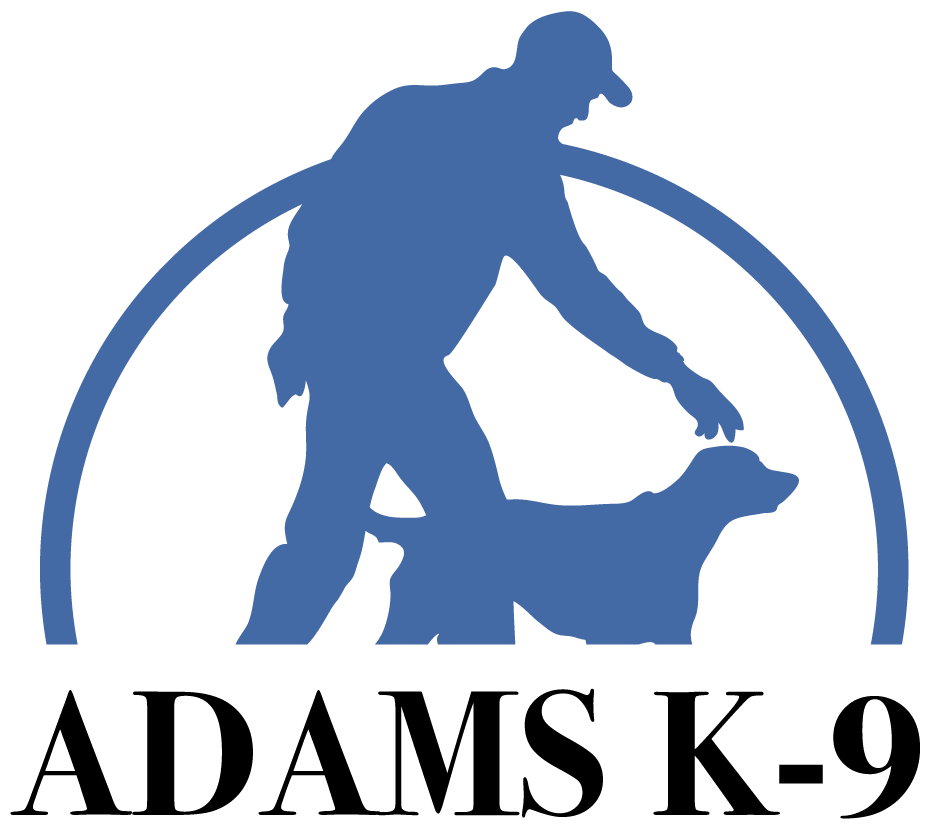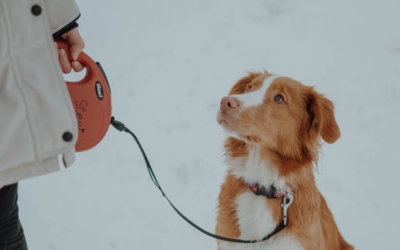How To Teach Heel
I see so many dog parents getting dragged around by their dogs, and yet I also see pet parents enjoying a lovely walk with their dogs in a perfect Heel with no leash pulling. Why do some dogs walk so nicely, and others leash pull like they are tracking dogs?
Here is how some answers to the question, ” why is training a dog to heel so hard?”
It’s not the dog, it’s the owner. The dog is allowed to be that way.
People often ask, “At what age do I start dog training?” You start training your dog as soon as you pick them up. When I pick up a puppy from the breeder, the puppy rides in a crate and not my lap. Not on the car seat, in a crate. Crate training begins immediately.
People have said, “My dog hates the crate.” If a dog hates their crate, that’s the owner’s fault for failing to crate train the dog.
Next is Follow. You can begin teaching Follow as soon as your puppy comes home.
For puppies, let them drag the leash around in the house. You want them conditioned to drag a loose leash. A leash is a communication tool and it is used to stop the pup from running from you, to stop doing something. or to teach the correct direction (Come). The first step to teaching heel is to teach the pup to follow. If you adopted an older dog, it is the same process. First, teach the dog to follow. Use food, say “let’s go” and encourage the pup to follow. Lure the pup with the food right in front of your dog’s nose. Walk as you lure them, saying “let’s go”. It is all about repetition and reward.
If you have an older dog you are training, find yourself a training collar that works for you and your dog. There are a variety of training collars on the market – Slip, Wade, Martindale, Prong, Remote, and Gentle Leader to name a few. I do not recommend harnesses because harnesses teach dogs to pull. We are trying to teach the dog not to pull on the leash, just walk nicely next to the handler. Use a longer leash to teach “let’s go”, an 8-10’ long leash works well.
Start walking as the dog forges out ahead of you, then turn and go the opposite direction. The dog will run out of leash, get a little tug, and turn to see you are going the other way. Seeing you move away from the dog encourages the dog to follow. Moving away is communicating to follow. Keep up this back and forth routine until the dog starts paying attention to you and turning with you. At that point, you can reel in the leash and start working on Heel.
If you have a leash puller and want to teach them to Heel, first teach the dog to follow. The dog follows you, you do not follow the dog. “Let’s go” means to follow, Heel means to walk next to the handler with the dog’s shoulder even with your legs. The same rules apply for Heel. If the dog starts forging ahead, make an about-face turn with a tug on the leash. You should only have 1 – 2 feet of leash for the dog to work with, not longer, such as 8 – 10’. It is the exact same process.
For dogs that like to crowd (touching and walking right in front of the handler’s legs), make sharp left turns while bumping the dog with your leg. Make a square as you walk, bumping the dog on each turn, this will back the dog off and into the correct position. As long as the dog is in the correct position, keep heeling forward.
The final step in teaching Heel is the automatic Sit. When the handler stops, the dog should Sit. We teach this by making the dog Sit every time you stop walking. It is all about persistence and consistency. As long as it’s always that way, (Sit when mom stops), the dog will begin auto sitting. In our training programs, the dog is auto Sitting by the second week and sometimes after only a few days.
Below is a video showing this process. I feel that seeing it in action helps the learning process for the human half of the equation. If you like the video, please Like and subscribe to our channel.
Bring your fur baby into our West Michigan dog training center and let us help you love your dog, and love your dog’s behavior.
Contact Adams K-9 Dog Training and Kennel today!
Related Posts You Might Enjoy
How To Teach A Dog To Track
Persistence is the key to dog training. Without it, you don’t have control and you will not have a reliable recall. Persistence is to continue steadfastly or firmly in some state of purpose, course, or action – especially in spite of opposition.
Legislating the Tools
I would like a quarter every time someone came in my training facility dragged by their dog in a harness or gentle leader. If they work for your dog, then great! However, we see a fair amount of people asking for help because their dog still leash pulls or is reactive on lead.
We Do The Hard Work So You Don’t Have To
Some people have difficulties with potty training as soon as the pup gets home. I believe the breeder has a direct effect on the potty training process. If the pups have been in a basement until 7 weeks of age, they have learned to potty on the floor.




